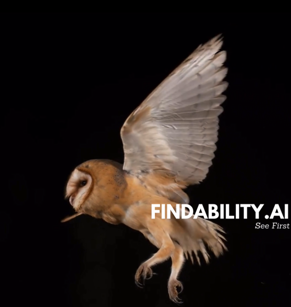If you want to know what the future of America will look like, you can be assured, based primarily on efforts taking place in business and education and research institutions, that there will be widespread use of AI, and American politicians are helping foster this growth. That’s right, the government is going to be playing a much bigger role in the history of artificial intelligence.
On January 1st, 2021, the National Artificial Intelligence Initiative (NAII) was launched by the US Government. Its broad goals, as stated on the website, are as follows:
“The main purposes of the initiative are to ensure continued US leadership in AI R&D; lead the world in the development and use of trustworthy AI systems in public and private sectors; prepare the present and future US workforce for the integration of artificial intelligence systems across all sectors of the economy and society; and coordinate ongoing AI activities across all Federal agencies, to ensure that each informs the work of the others.”
This includes government-funded AI training programs in relevant workforces, making AI education more common and widespread, supporting already-existing research entities, and even collaborating with other countries across the globe on artificial intelligence research.
Every US Department and Agency will be benefitting from NAII, including Veterans Affairs, which is the “largest integrated health care system in the country.” Such a system is a storehouse of big data, which refers to data sets of such size and complexity that only a computer could process and analyze the contents in a timely and efficient manner. Among these big data sets is “the largest genomic knowledge base in the world linked to health care information.” It is safe to say that the advancements and support given to VA through NAII will be very welcome.
NAII’s guiding strategy involves six categories that define its goals for AI: Innovation, Advancing Trustworthy AI, Education and Training, Infrastructure, Applications, and International Cooperations. We’ll go over a few of these fields below:
Innovation
Ensuring that the US continues to be a leader in creating the future of AI is a priority, and these innovations are being implemented across a wide variety of fields, such as oceanography and weather prediction, making molecules, student-AI collaborations in education, and more.
This includes the government-funded Iowa State University program, The AI Institute for Resilient Agriculture, where AI is used to model “twins” for plants that can be implemented into the environment to create more resilient agricultural systems.
Advancing Trustworthy AI
Whether you like it or not, the future is going to involve a lot of AI, which makes it imperative that that future is safe. The way to make that future safe is to ensure that AI is trustworthy. The US government defines “trustworthy” here:
“To be trustworthy, AI technologies must appropriately reflect characteristics such as accuracy, explainability and interpretability, privacy, reliability, robustness, safety, and security or resilience to attacks – and ensure that bias is mitigated.”
One of the biggest goals is eliminating bias in AI, which the Department of Labor is helping reach through its Combating Bias in AI initiative. One of the biggest culprits in creating bias in AI is a neglectful use of training data, where, for example, a marginalized group may be underrepresented in the training data set for an AI-based application surveying tool, which makes that tool more likely to reject applicants belonging to that group when the tool is employed by a company.
Education and Training
Since AI is the future, it is imperative that students become interested in the field, to the point where they are willing to embark on a career based around AI. As a result, the government is assisting federal research and development efforts designed to offer opportunities for graduate studies in AI.
The Federal 5-Year STEM Education Strategic Plan is dedicated to creating “digital literacy” among students of all ages, which means that students ought to have a basic working knowledge of the technology that will come to define their future.
Summary
From a technological standpoint, this is one of the most exciting and interesting eras to be alive right now, and AI might be the most interesting technological advancement we are seeing. With the government’s efforts to support research in the field, we can be assured that the future, and the technologies that will be shaping it, will be here quicker than we realize.


Recent Comments